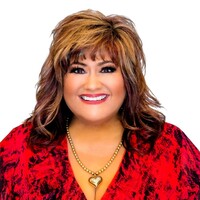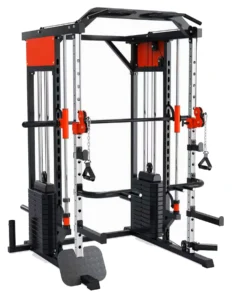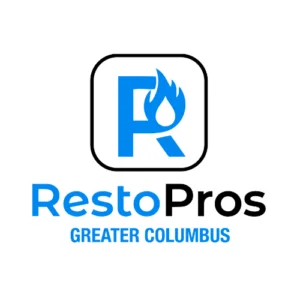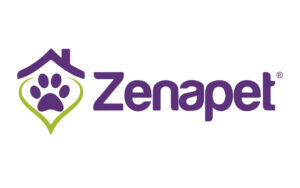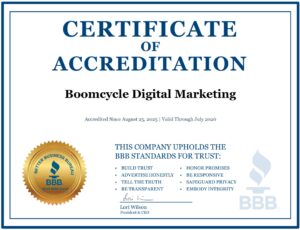Greenville, SC / Syndication Cloud / September 11, 2025 / TruNorth Advisors

Considering how to create more stability for the golden years? A workable retirement plan starts with mapping essential expenses and listing dependable income. Think of this as your financial “floor”—the resources you know will be there to cover housing, utilities, food, insurance, and healthcare. From there, add flexible sources for travel, projects, and surprises so the budget can expand or contract without breaking the overall plan.
TruNorth Advisors, an experienced financial advisory firm serving Charlotte, says structure reduces guesswork. Their team often discusses personalized retirement strategies that coordinate income sequencing, cash reserves, and tax timing, so households can track progress with fewer assumptions and fewer unpleasant surprises. A clear plan also helps reduce stress during market volatility because you know which parts of your income are secure and which are discretionary.
What the Rules Say (and Why They Matter)
Core rules shape timelines and cash flow. Social Security’s full retirement age is 67 for those born in 1960 or later, and most tax-deferred accounts require minimum distributions beginning at age 73 under current law. Missing these rules can trigger penalties, so they are more than just guidelines—they directly impact cash flow and taxes.
Longevity matters just as much. SSA tables show life expectancy at 65 extends into the mid-80s for many, which means income plans should consider decades of spending, market cycles, and healthcare—rather than a short five- or ten-year window. Factoring in inflation and rising healthcare costs becomes critical for retirees in Charlotte and beyond.
Diversify Risk & Use Tax Buckets Wisely
Portfolio diversification reduces the impact of any single asset or sector underperforming, according to the SEC’s guidance on diversification. Balancing stocks, bonds, and cash targets growth while keeping volatility within a range you can live with. For many households, diversification is less about chasing high returns and more about smoothing the ride.
Tax flexibility also helps. Qualified withdrawals from Roth IRAs are generally tax-free if rules are met, which can complement taxable and tax-deferred accounts and provide options when managing brackets and Medicare premium thresholds. A “three-bucket” strategy—taxable, tax-deferred, and tax-free—gives retirees more levers to pull when managing income in retirement.
Keep Reviews Regular—and Document Assumptions
TruNorth Advisors says annual or semiannual reviews help align spending, risk, and taxes with real-world changes. Life events like downsizing, caring for a loved one, or even relocating can alter spending needs significantly. “Written assumptions make adjustments easier,” a team member explains. “When markets or goals shift, you can update the plan, not reinvent it.” This documentation creates a roadmap that adapts rather than resets every time circumstances change.
A Simple Checklist
List non-negotiable expenses, confirm guaranteed income, and decide which accounts fund the gap. Note RMD start dates, Social Security timing, and any income that might affect Medicare’s income-related adjustments so surprises are less likely. For example, delaying Social Security while drawing from taxable accounts might reduce taxes in one phase of retirement, but increasing RMDs later could raise them again—so the plan should account for that.
Finally, build an update rhythm you can stick with. For households that prefer guidance, TruNorth offers retirement planning services in Charlotte in a structured way—focused on clarity and consistency rather than predictions or sales language. The goal is confidence: knowing that your retirement income plan can support both today’s needs and tomorrow’s unknowns.
TruNorth Advisors
info@retiretrunorth.com
+1 864 800 1831
501 River St, Suite 101
Greenville
SC
29601
United States




